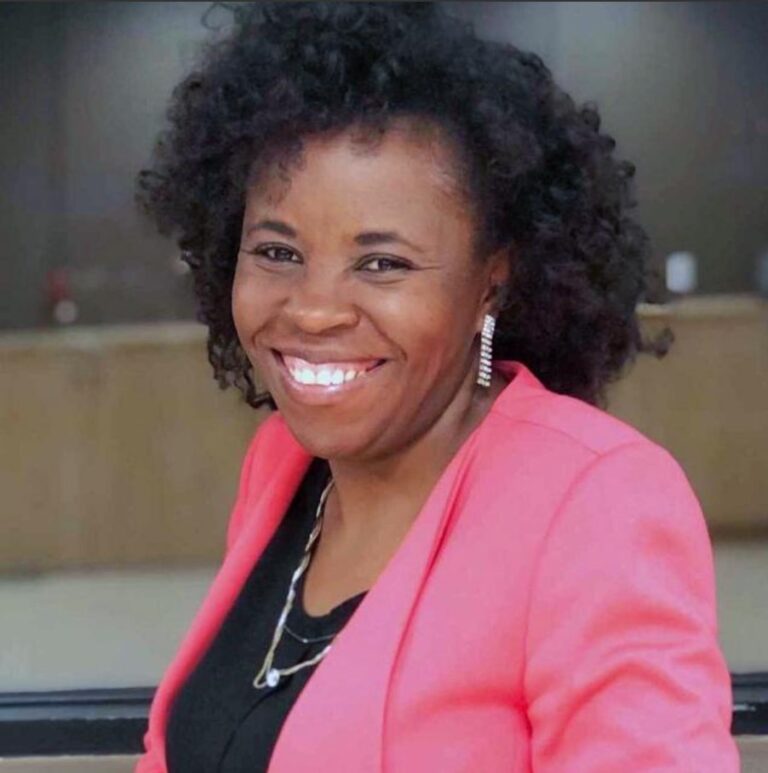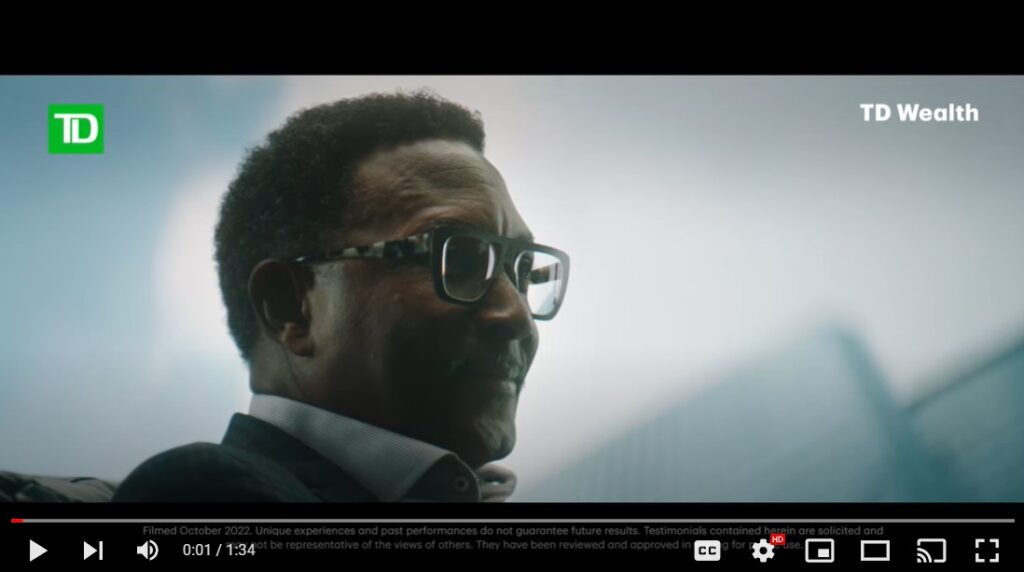For Esther, it comes down to numbers. “A Canadian study shows that families who work with a financial advisor come out over four times wealthier. Four times! Just for that reason, it’s a no-brainer.” And as Esther points, out, in every other domain of our lives, we seek out experts, whether doctors, realtors, or car mechanics. A financial advisor has specific expertise and can look at a person’s finances through a big-picture lens, then help them set and reach their financial goals.
There’s a big difference between a financial advisor and a salesperson. When you apply to a bank for a credit card, the customer service agent will offer you products. When you deal with a realtor or mortgage broker, their goal is to sell products. When you visit a car dealership, the salesperson will focus on selling you a car. But a financial advisor is different. A financial advisor doesn’t just look at one, immediate transaction. Rather, the goal is to build a relationship, so they can find out about you and help determine your needs.
The first difference you’ll notice right away, Esther says, is that a financial advisor asks “way more questions.” You’ll notice, too, that a financial adviser doesn’t lead the conversation by talking about products. Instead, they ask what your goals are, how your cash flow is, what your net worth is, and where you want to go.








